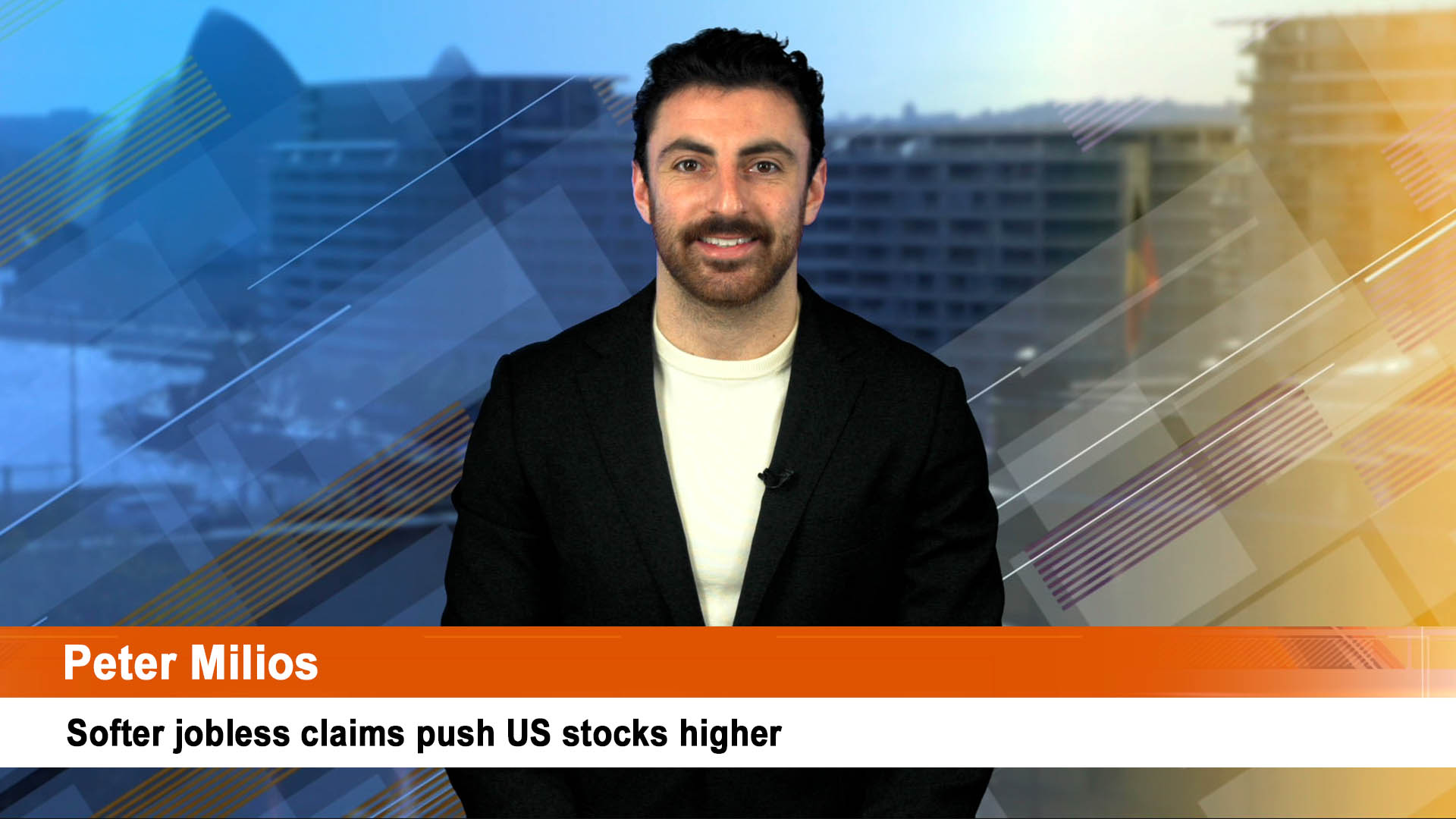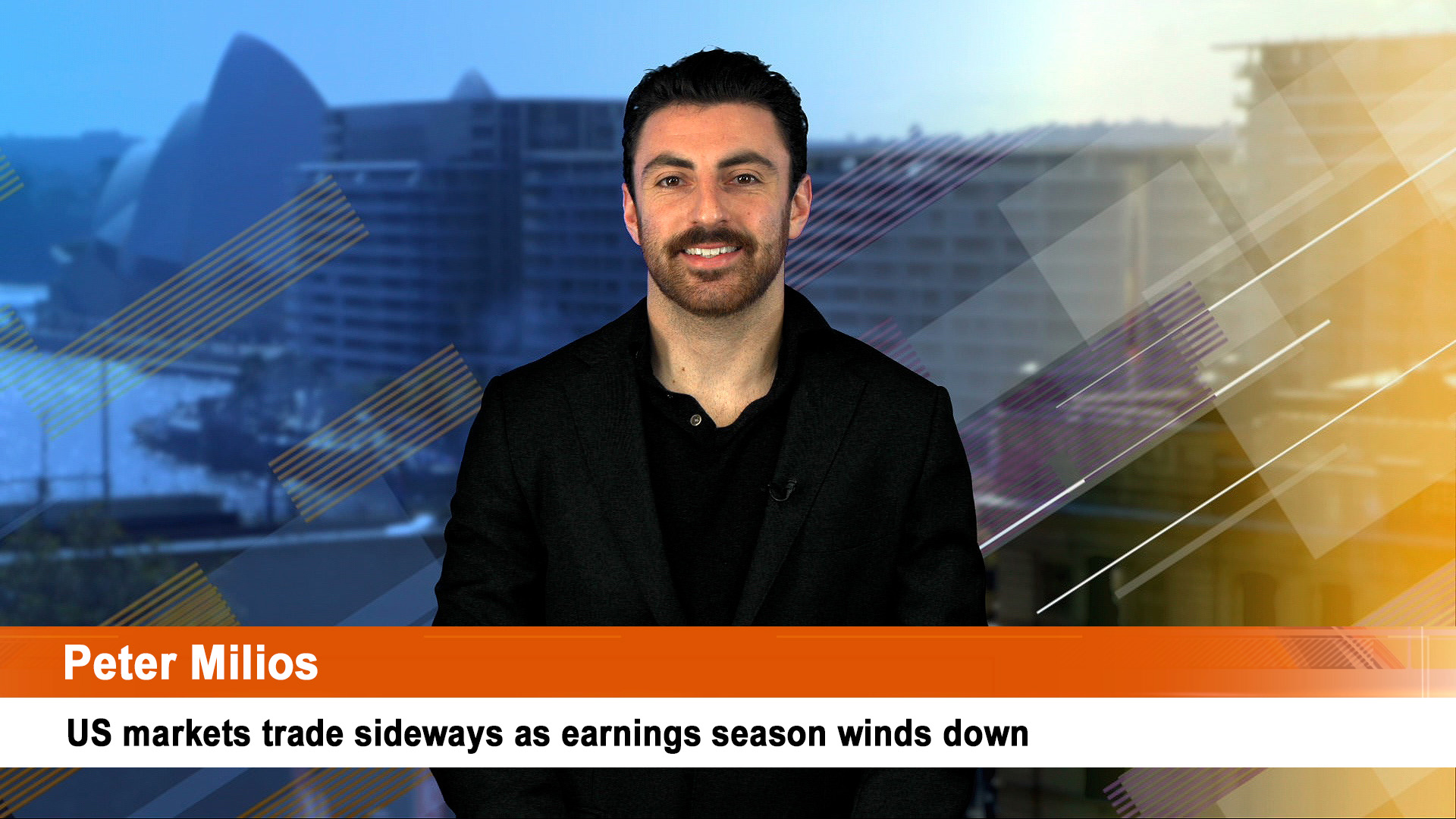Markets in Asia kicked sharply higher on Thursday after Fed chair Jay Powell appeared to signal what they have been calling for months – a pivot to a slower pace of monetary tightening.
He appeared in fact to suggest that while rates would remain high for longer, the central bank could very well start slowing the size and pace of rises – in other words the Fed might ‘pivot’ to a less hawkish policy stance.
He gave a hint that rates might slow at the last Fed meeting of the year on December 13 and 14 which was seized upon by investors to take share prices higher as well as helping gold, oil and copper to make late gains.
At the same time the Fed’s Beige Book, released two weeks before the next meeting and full of anecdotal reports from the central bank’s 12 districts, talked about an easing in inflation in some areas.
While Powell indicated the Fed could scale back the pace of its interest rate hikes “as soon as December,” he made sure markets understood that the fight against inflation was far from over and that key questions remain unanswered, including how high rates will ultimately need to rise and for how long.
Markets ignored that and sent Wall Street markets higher to cap what turned out to be a buoyant November with many analysts calling the start of a new bull market.
That continued into Thursday with markets in Hong Kong and China doing well and the ASX seeing a third day of solid gains.
The ASX 200 index closed 0.9% higher at 7,349.7 points in its third straight session of gains. The benchmark rose 0.4% on Wednesday.
Australian mining stocks jumped 2.6%, leading the gains as the easing of strict Covid curbs in some cities in China, lifted demand sentiment for iron ore which traded just above $US100 a tonne for 62% fe Fines on the Singapore Exchange.
Iron ore majors BHP and Fortescue added more than 2% each. Rio Tinto shares jumped 3.3% after it held its 2023 iron ore production guidance at a level unchanged from 2022’s 320-335 million tonnes.
But it was noticeable that as solid as the gains were in Asia, they were nowhere as dramatic as what Wall Street saw in the final hour on Wednesday with a surge that at times resembled a dead bear bounce.
The Dow was up 730 points, or 2.2%, to 34,587, the tech-heavy Nasdaq jumped 4.2% to 11,468. The S&P 500 added 2.7% to 4,079
The Dow jumped 5.9% for the month, the Nasdaq was up 4.37% and the S&P 500 added 5.8%. If it hadn’t been for that surge on the final day of the month, November would have looked much weaker.
Berkshire Hathaway again outperformed the wider market with an 8.4% rise in November which pushed the gain for the year to 5.7%.
That was still much better than the S&P 500, the yardstick Warren Buffett uses which, even after November and October’s rises, remains just under 15% down on where it was at the start of the year.
While shares in Apple jumped by close to 5% on the final day of November, they are still down more than 18% year to date, meaning the strength in Berkshire Hathaway shares hasn’t been driven by the strength in Apple shares (as it was in the final quarter of 2021).
Berkshire’s $US36 billion push into energy this year may have replaced Apple’s share price as a key driver of the strength for Buffett’s company.
The ASX added 0.43% on the final day of November to end with a solid gain of 4.4% for the month and confidence heading into the final month of the year.
Oil though had a miserable month, despite the bounce at the end on Wednesday with US crude futures which added nearly 3%.
US West Texas Intermediate crude fell just on 10% in November while Brent as off 9%.
Comex gold though staged a mini-bounce with a gain of more than 6.58% in November and copper did better with the Comex price up more than 9% more in hope about China’s re-opening than anything concrete.
Copper hit a near five-month peak of $US8,600 a tonne on the London Metal Exchange earlier this month.
November was copper’s best month since early 2021, despite the crackdowns on protests in China, rising reports of businesses cutting or shutting, still high Covid numbers and Thursday’s weak activity surveys for the entire economy.
China’s stockmarkets, along with the Hong Kong market ignored the damaging impact of the Covid lockdowns to rise sharply in November.
The Hang Seng Index in Hong Kong was up 20% last month to slash the year’s loss to 20% while the CSI 300 (which combined the top shares from the Shanghai and Shenzhen markets) jumped 6% last month to trim the year’s loss to 21.6%.
The Aussie dollar was up 8% in November, regaining the 68 US cent level for the first time since September at month’s end.
US bond yields fell sharply on Wednesday and then in Asia to trade around 3.62% for the 10-year Treasury bond. That’s the lowest they have been since early April.













